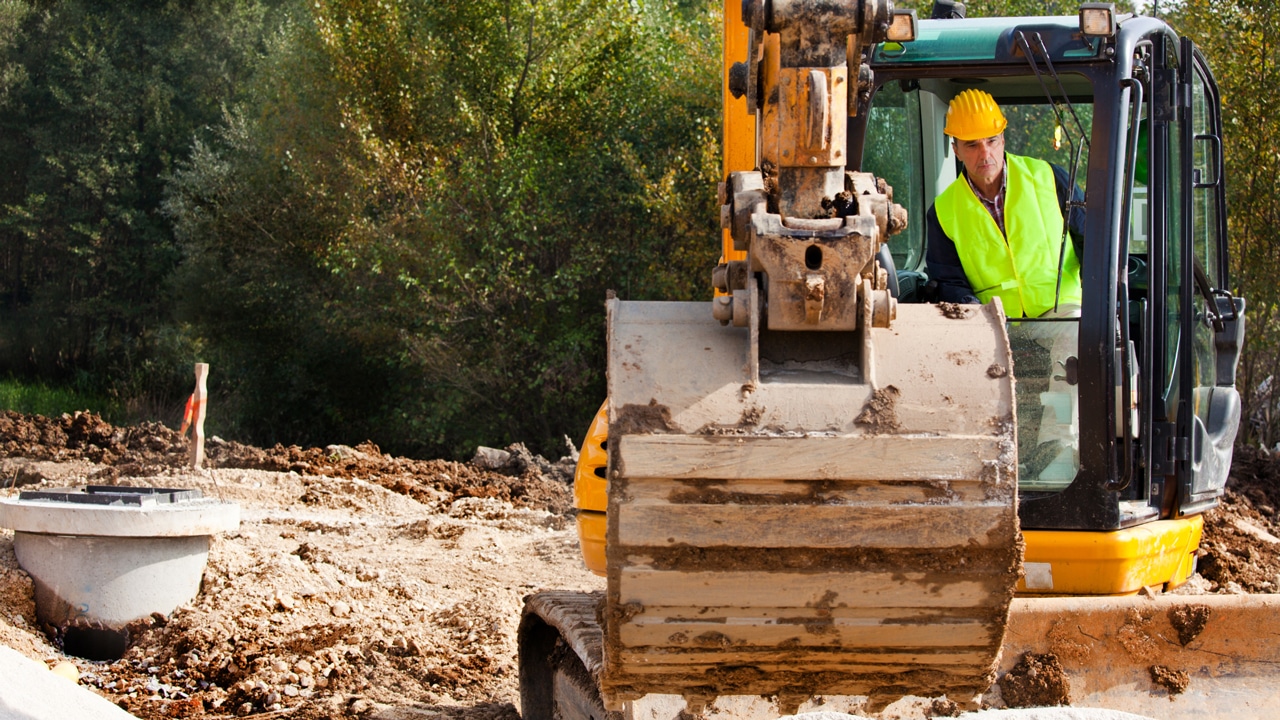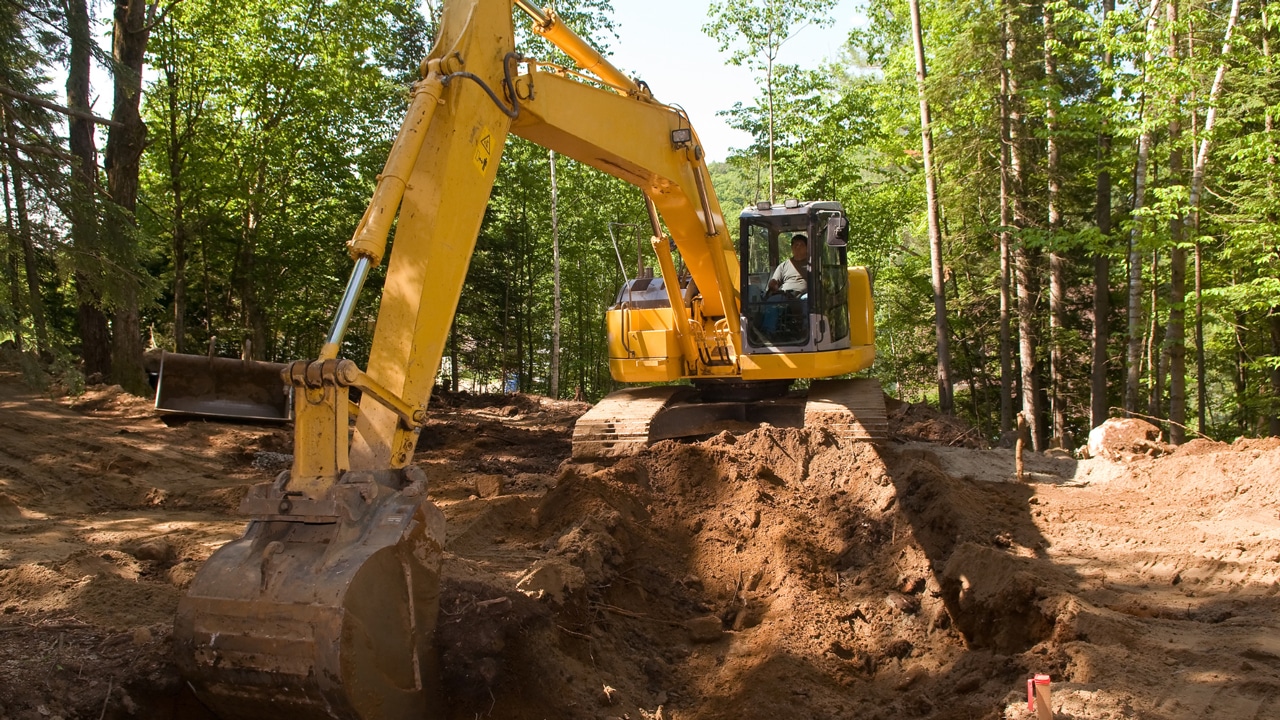One of the key aspects of excavation safety is the proper identification and protection of underground utilities. Potholing utilities, a non-destructive method that involves careful excavation and the exposure of utility lines, is essential for accurate location and safe excavation. By implementing potholing techniques and considering the location of utilities, the risk of damaging underground utility lines can be significantly reduced.
Excavation projects play a vital role in various industries, from construction to infrastructure development. However, it is important to be aware of the potential hazards that can arise during these activities. Understanding and mitigating these risks is crucial to ensuring the safety of workers and the successful completion of the project. In this blog, we will explore the most common hazards during excavation and discuss the preventive measures that can be implemented to minimize risks.
Throughout this blog, we will delve into various hazards that can occur during excavation, including unstable soil, unprotected trenches, excavation collapses, and utility strikes. We will also highlight the importance of safety equipment, safe work practices, and industry standards in preventing injuries and ensuring project success. By understanding these hazards and implementing preventive measures, construction companies can create a safer working environment and mitigate the potential risks associated with excavation projects.
Understanding Excavation Hazards: A Comprehensive Overview
Excavation projects come with inherent risks that require a thorough understanding to ensure the safety of workers and the successful completion of the project. By comprehensively examining excavation hazards, we can implement appropriate preventive measures and minimize potential dangers.
Common excavation hazards include unstable soil, unprotected trenches, excavation collapses, utility strikes, and electrical hazards. Unstable soil can lead to cave-ins and collapses, posing a serious threat to workers’ safety. Unprotected trenches without proper shoring or sloping increase the risk of burial accidents. Utility strikes can cause damage to underground utility lines, leading to service disruptions and potential hazards.
Uncover the Risks: Common Hazards in Excavation Sites
Excavation sites are prone to several hazards that demand our attention to prevent accidents and injuries. Among the most common hazards are cave-ins and collapses, which occur when the excavation walls fail to support the surrounding soil properly. These incidents can result in severe injuries or even fatalities.
Furthermore, utility strikes pose significant risks for excavation projects. Accidentally hitting underground utility lines, such as gas, water, or electrical lines, can cause service disruptions, hazardous leaks, and potentially life-threatening situations. It is crucial to identify and mark the location of utilities accurately, using utility potholing techniques and utility maps, to avoid these hazards.
Dig Deeper: Exploring the Hazards of Unprotected Trenches
Unprotected trenches present significant hazards that must be addressed to ensure the safety of workers. Without proper shoring or sloping techniques, trenches can collapse, leading to serious injuries or fatalities. The weight of the soil can quickly overwhelm workers, making it difficult for them to escape in time.
To mitigate the risks associated with unprotected trenches, it is essential to implement protective measures. This includes installing proper shoring systems or implementing effective sloping techniques to stabilize the trench walls. Regular inspections and monitoring of soil conditions are also crucial to detecting any signs of instability and taking appropriate action to prevent accidents.
Remember, understanding and proactively addressing excavation hazards are fundamental to creating a safe working environment. By implementing preventive measures and following industry best practices, we can minimize the risks and ensure the successful execution of excavation projects.
Cave-Ins and Collapses: Mitigating the Risk of Excavation Wall Failures
Cave-ins and collapses pose significant dangers in excavation projects, as they can result in severe injuries or fatalities. To mitigate the risk of excavation wall failures, proper shoring and trenching techniques are essential. Implementing adequate shoring systems, such as hydraulic shoring or trench boxes, helps to support the excavation walls and prevent soil movement.
Additionally, sloping the trench walls at safe angles based on soil conditions can enhance stability. Regular inspections and monitoring of the excavation site are crucial to detecting any signs of wall instability and taking immediate action to address them. By prioritizing proper shoring and slope techniques, we can minimize the risk of cave-ins and collapses, ensuring the safety of workers.
Utility Strikes: Preventing Damage to Underground Utility Lines
Utility strikes can have serious consequences, including service disruptions, hazardous leaks, and even life-threatening situations. To prevent damage to underground utility lines, it is essential to implement preventive measures and follow safe excavation practices. Prior to excavation, it is crucial to identify and mark the location of utilities accurately.
Potholing techniques, such as using ground-penetrating radar (GPR) or electromagnetic locators, can help to precisely locate underground utility lines. Additionally, referring to utility maps and engaging with utility companies can provide valuable information on the location of buried utilities.
When working close to utilities, it’s crucial to use caution and safe excavating techniques to prevent unintentional accidents. We may safeguard subterranean utility wires and maintain a secure working environment by implementing these preventative measures.
Soil Stability Matters: Managing Hazards Related to Unstable Ground
Soil stability is a critical factor in excavation projects, as unstable ground can lead to hazardous situations. Unstable soil conditions, such as loose or saturated soil, can increase the risk of collapses, slips, and falls. It is vital to assess soil conditions before excavation and monitor them throughout the project.
Conducting soil tests and consulting with geotechnical engineers can provide valuable insights into soil stability and inform appropriate safety measures. Implementing proper sloping or benching techniques based on soil classifications can help maintain stability and prevent accidents.
Additional steps, such as soil stabilization or ground improvement techniques, may be needed when the soil is unfavorable. We can manage the risks connected with unstable ground and protect worker safety by putting soil stability first and implementing the necessary precautions.
Choose Util-Locate to Avoid Hazards During Excavation
When it comes to excavation projects, safety should be your top priority. At Util-Locate, we understand the importance of minimizing hazards and ensuring a secure excavation process. By choosing Util-Locate for utility locating services, you can rely on our expertise and experience to protect your project from potential risks.
Our skilled technicians utilize advanced technologies like ground-penetrating radar and electromagnetic locators to accurately detect and mark underground utilities. This helps prevent accidental strikes and damage during excavation.
We strictly adhere to industry best practices and safety guidelines, prioritizing hazard identification, the use of proper personal protective equipment, and safe excavation practices.
Choose Util-Locate as your trusted partner for excavation projects, and rest assured that safety is our top priority. Contact us today at 888-885-6228 to discuss your potholing services and benefit from our expertise in minimizing hazards during the excavation process.


